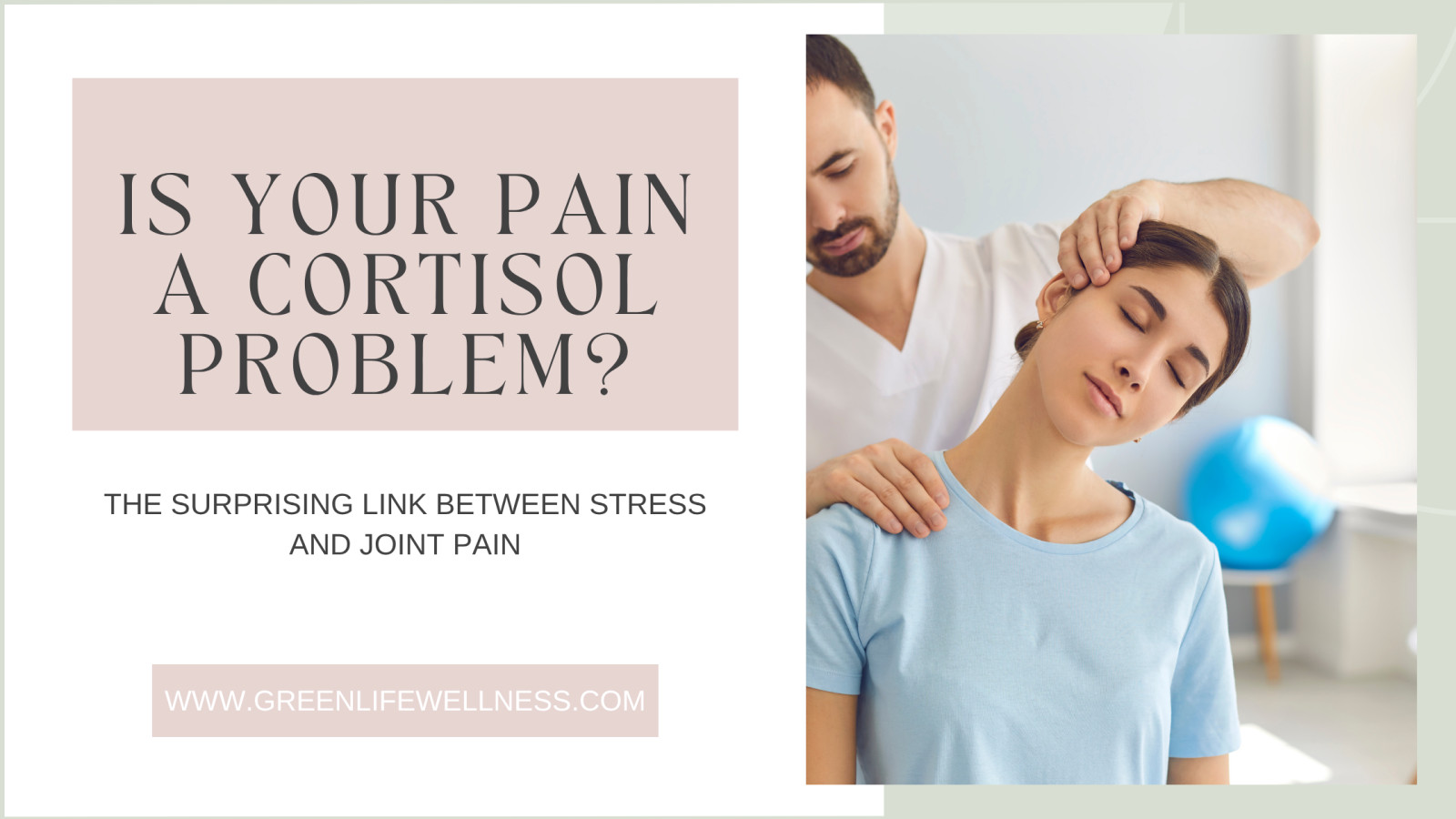
When most people think about cortisol, they think of stress—and maybe some trouble sleeping or weight gain around the belly. But there’s a hidden effect of prolonged high cortisol that many people don’t talk about:
👉 Pain. Especially in areas like the hips, shoulders, and lower back.
If you've been dealing with stubborn joint or tendon pain that seems to linger no matter what you do—or flares up during busy, high-stress seasons—your body might be giving you a clue: your cortisol is too high, for too long.
Let’s break it down.
🔬 What Is Cortisol Doing to Your Joints?
Cortisol is your body’s primary stress hormone. It’s essential for survival and helps you respond quickly in times of danger. But when stress becomes chronic and cortisol levels stay elevated, it starts to wear down more than just your patience.
Here’s what high cortisol does over time:
- Breaks down collagen – the protein that gives tendons and ligaments strength and flexibility
- Slows healing – which means small strains or overuse injuries don’t recover properly
- Increases inflammation – making pain more noticeable, and sometimes more widespread
- Disrupts blood sugar – which creates tension in muscles and connective tissue
The result? That “mystery” hip pain. The shoulder that feels pinched or inflamed for no clear reason. The joints that seem more creaky or tight after a stressful week. Even though my shoulder pain is injury related I definitely notice that it's worse when I'm busy!
This isn’t just about aging—it’s about stress chemistry.
💡 Why Pain Often Shows Up in the Hips and Shoulders
The hips and shoulders are especially vulnerable because:
- They’re major tension carriers—especially when posture is poor or muscles stay tight (sitting at a computer too much?)
- They're deeply involved in daily movement, so even slight imbalances become noticeable
- They contain large connective tissue structures, which are especially impacted by inflammation and cortisol-related breakdown
You may also unconsciously tense your shoulders when you're anxious or sleep in a fetal position when overwhelmed—both of which create long-term stress on joints and tissues.
🛠️ What You Can Do (That Doesn’t Involve More Meds)
The good news is, your body was designed to heal—when it's supported.
Here are a few ways to start calming cortisol and supporting joint repair:
- Balance Blood Sugar
Eat protein within an hour of waking, and don’t skip meals. This stabilizes cortisol and supports your body’s healing processes. - Support Collagen Production
Bone broth, vitamin C, and silica-rich foods like cucumber and leafy greens help restore the integrity of tendons and ligaments. - Take Cortisol-Calming Breaks
A 2-minute reset during the day—deep breathing, walking outside, prayer, or journaling—can help bring your stress hormones down in real time. - Look for Hidden Inflammatory Triggers
Food sensitivities, environmental toxins, and poor sleep can all raise cortisol quietly behind the scenes - Work with a Physical Therapist
I love mine! Mine gives me exercises to improve my posture, increase support around my joints and relieve tension when I do get stressed. She also suggested a wonderful online program called Essentrics that has been amazing for strengthening muscle tone without causing pain. Check it out at essentrics.com
🌿 Final Thoughts
Your pain may not just be a structural issue—it might be a stress signal.
If your body feels like it’s falling apart, or you’ve been told “it’s just aging,” I encourage you to dig deeper. Cortisol could be the missing piece. The best part? You don’t have to overhaul your life to start seeing changes. Small, intentional shifts can make a big difference.
Want more tips like these? I send out weekly emails on how to calm cortisol naturally and restore your body’s balance. You can sign up here.
Let's work with your body, not against it!


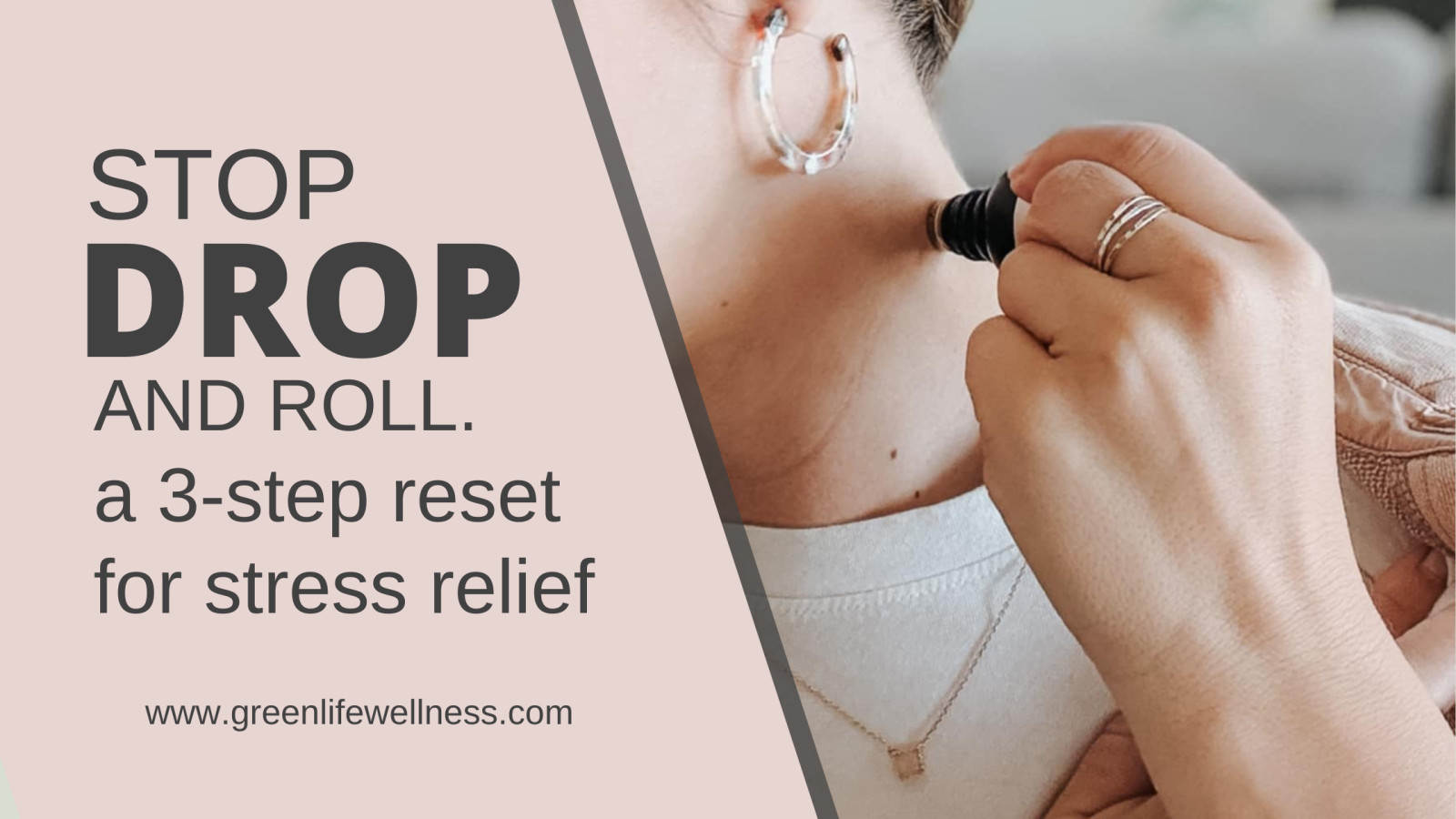

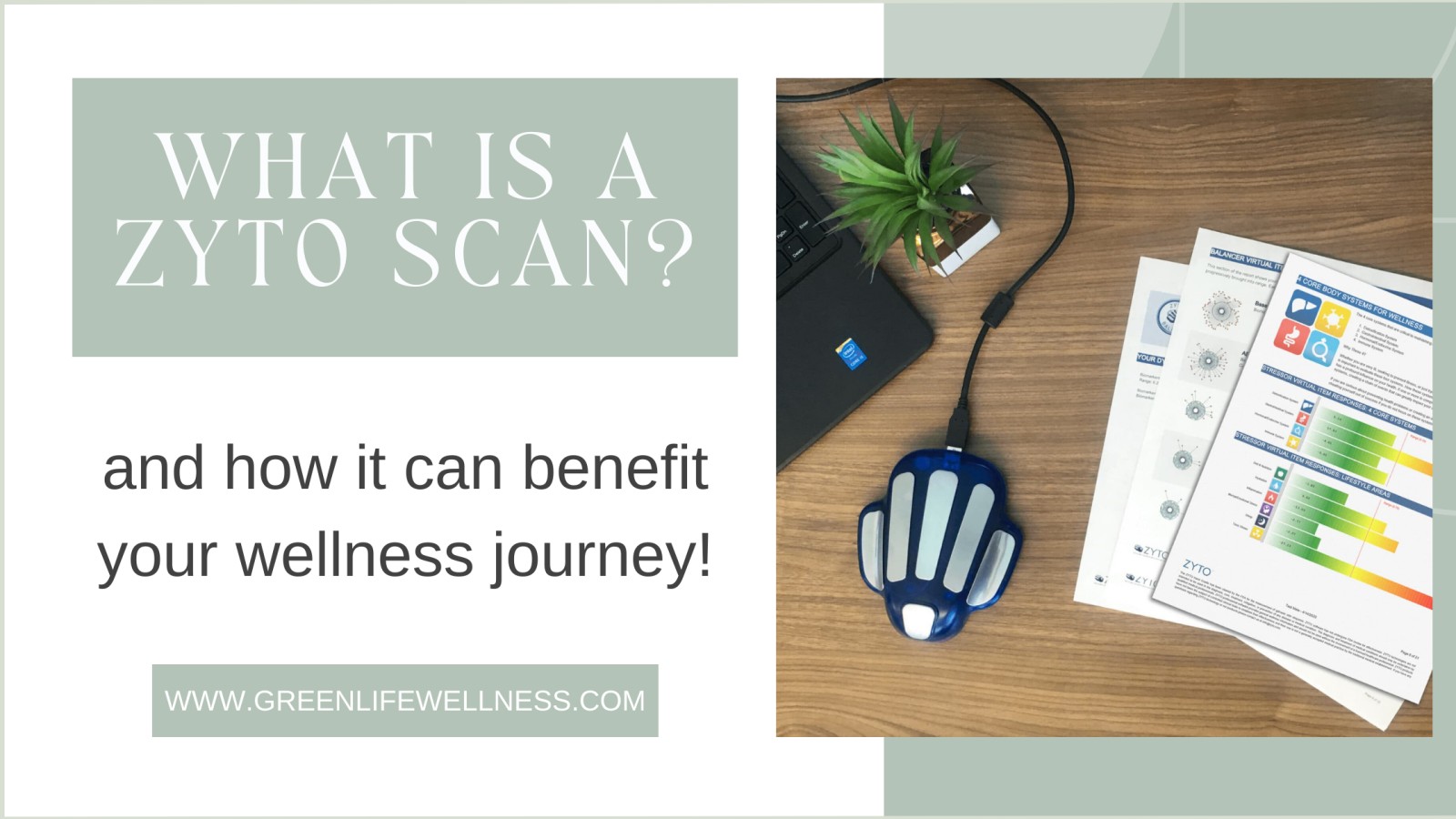

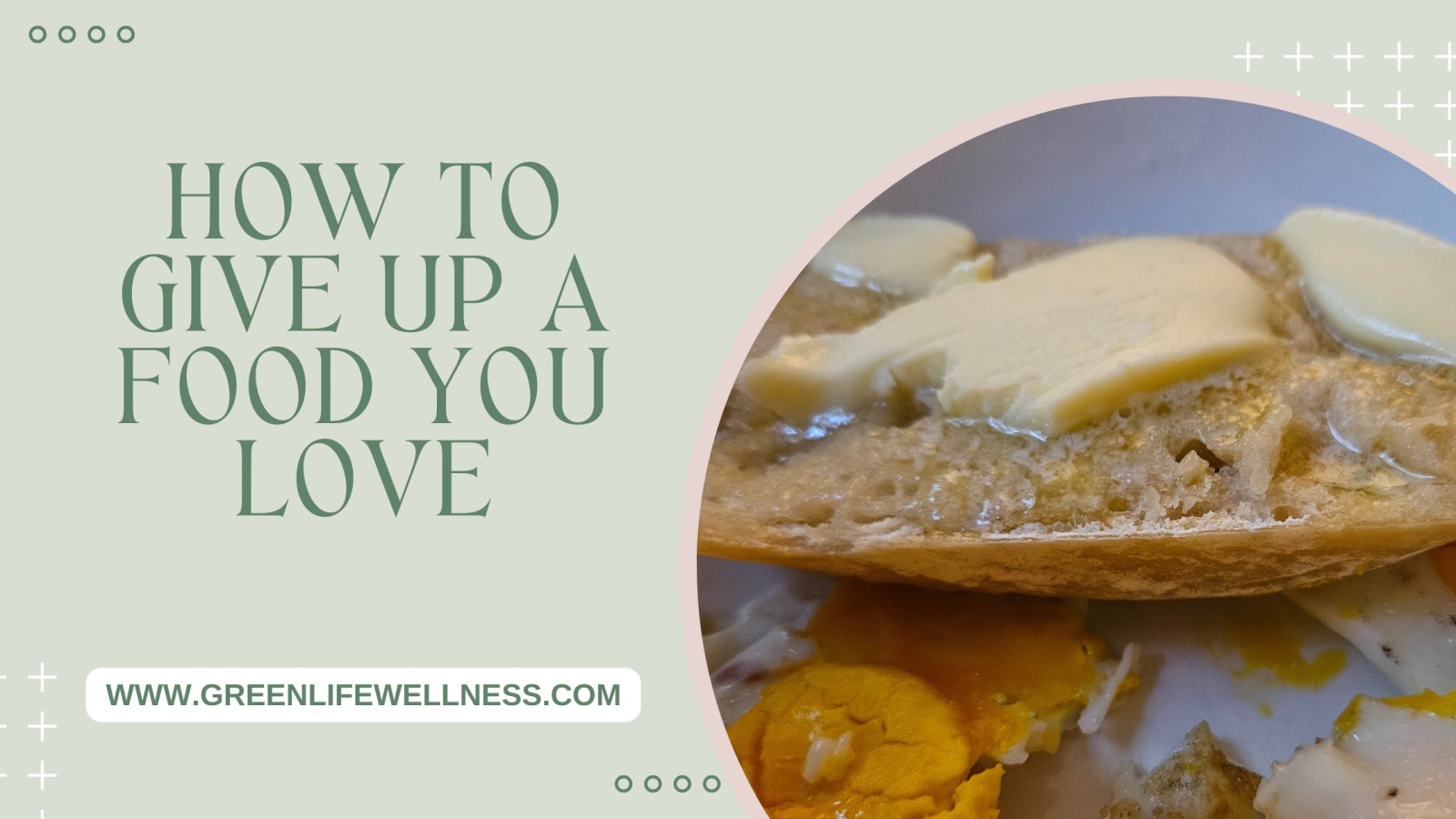

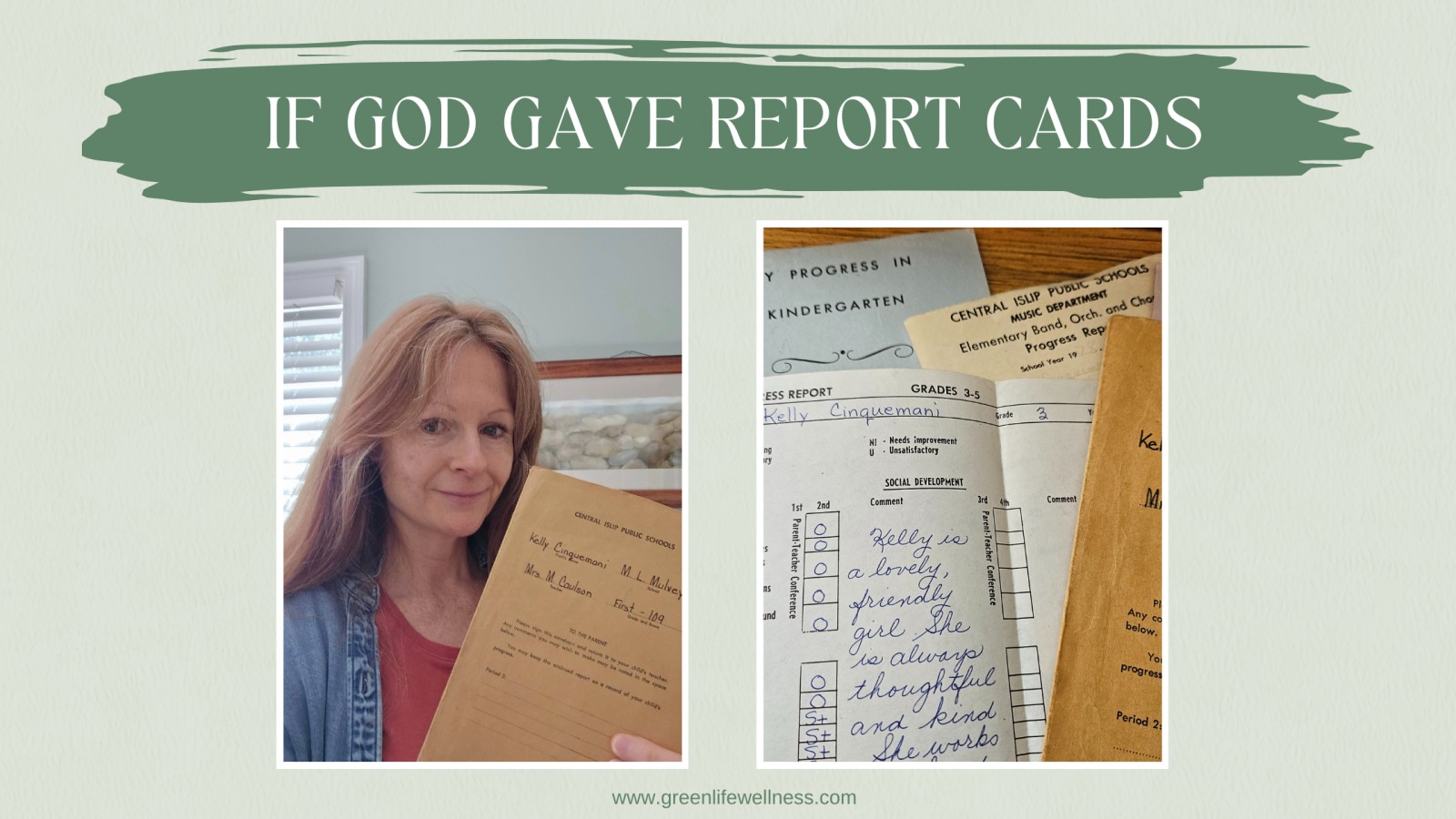


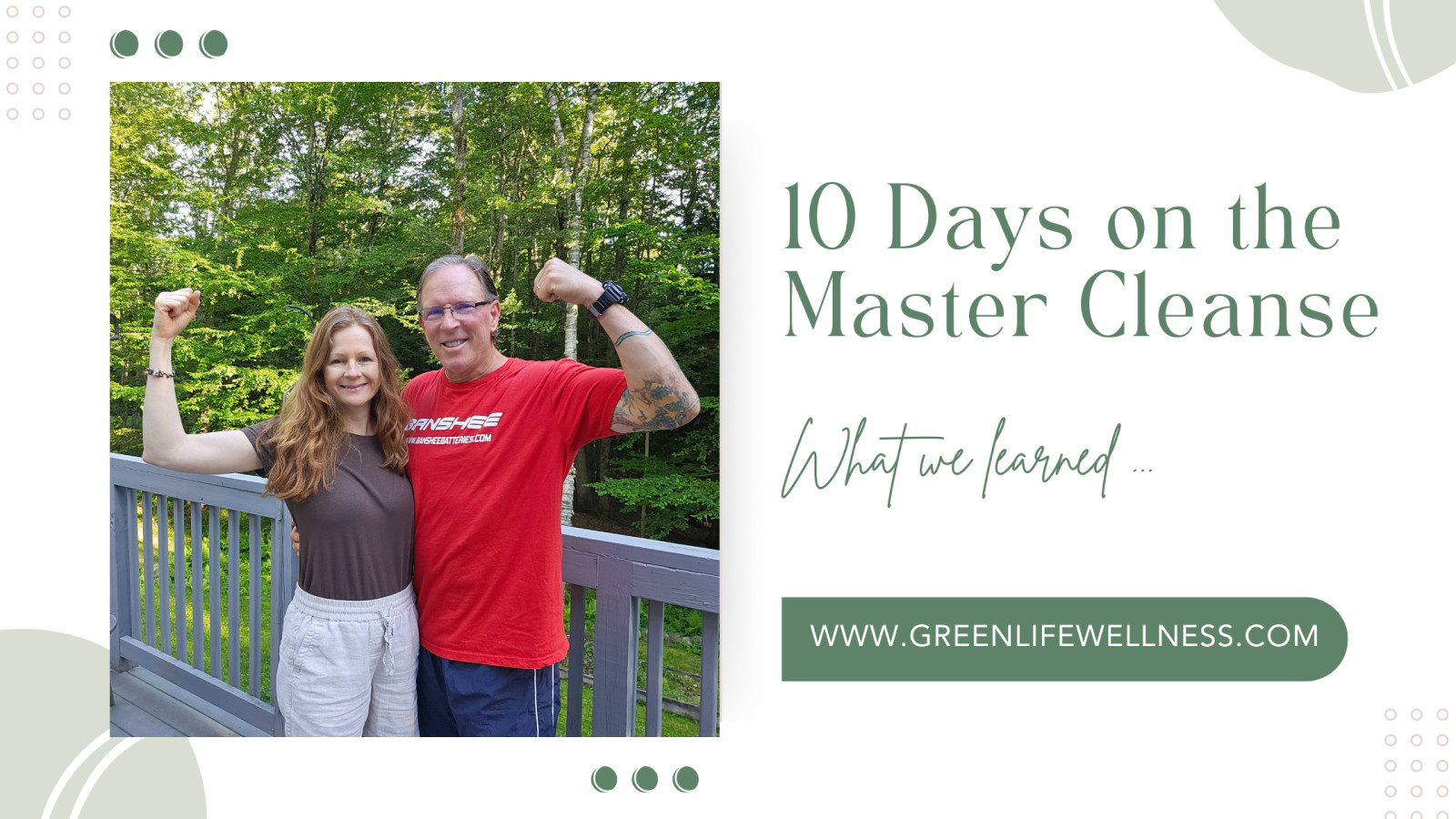
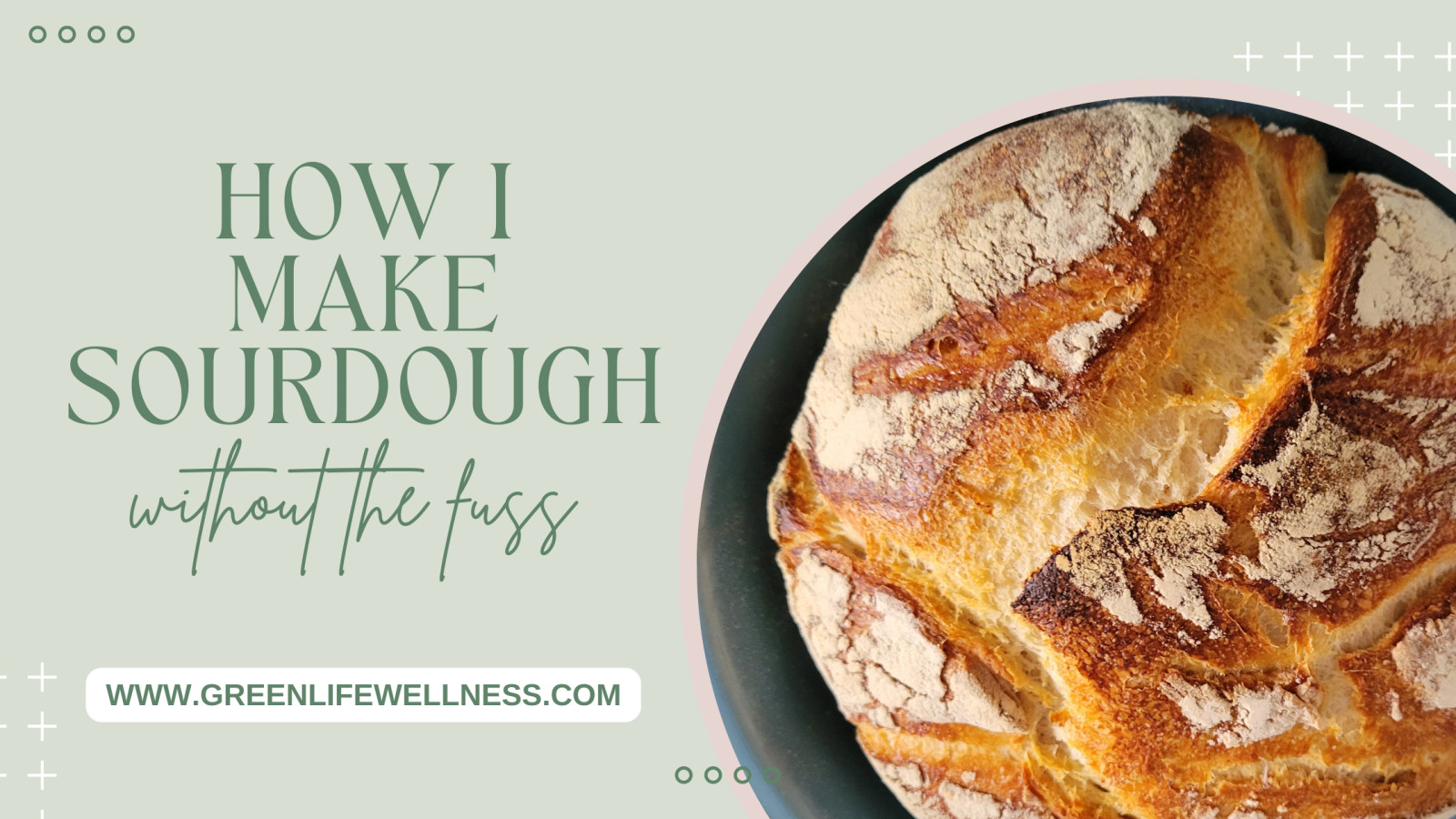





Thanks!
Marilyn
Thanks!
Marilyn